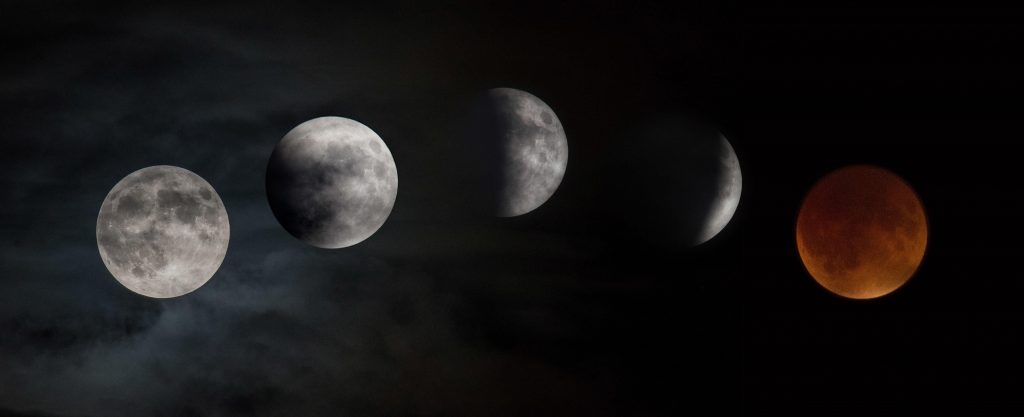Celestial showtime is almost here. There’s a partial lunar eclipse on tap for Nov. 18-19 and it’s notable for how long it will last. The Earth’s shadow will largely block the sun’s light from reaching the moon, tinging our lunar neighbor with darkness.
NASA statistics on lunar eclipses from 2001 through 2100 show this month’s partial eclipse will be the longest of the century with a duration of over 3 hours and 28 minutes. Compare that with the longest total eclipse of the century, which happened in 2018 and stretched for nearly an hour and 43 minutes.
The Holcomb Observatory in Indiana shared a handy graphic showing what to expect from the eclipse, which will cover most of the moon. «This will also be the longest partial lunar eclipse in 580 years,» the observatory tweeted.
What a partial eclipse looks like
Lunar eclipses don’t have the same dramatic appearance as a solar eclipse where it looks like someone is carving a black hole out of the side of the sun.
During a lunar eclipse, the moon darkens and sometimes takes on a reddish color. For a partial eclipse, Earth’s shadow doesn’t completely cover the moon. Partial eclipses are still fantastic experiences.
«Partial lunar eclipses might not be quite as spectacular as total lunar eclipses — where the moon is completely covered in Earth’s shadow – but they occur more frequently,» NASA said in a skywatching update. «And that just means more opportunities to witness little changes in our solar system that sometimes occur right before our eyes.»
When to watch the lunar eclipse
The eclipse will be visible to a large area of the globe across the evening of Nov. 18 and into Nov. 19. Exact viewing times will depend on your location, but at least some of the eclipse will be visible in most of the Americas, Australia, and in parts of Europe and Asia. The US will be in a great position to catch the eclipse action.
Head over to Timeanddate.com and search for your location to get your times. If you want to watch the full process, you could be in for a long night. For example, the partial-eclipse phase will kick off at 12:18 a.m. MT on Nov. 19 for me in Albuquerque, New Mexico, and reach its maximum at about 2:02 a.m. I’ll probably aim to set an alarm for closer to maximum rather than stand out in the cold for hours.
How to watch the lunar eclipse from anywhere
You have online options for following the moon action. These video feeds are a good fallback if you encounter cloudy weather, or if you just don’t want to stay up late or get up early to watch the eclipse in person.
The Virtual Telescope Project will go live with coverage of the eclipse at 11 p.m. PT on Nov. 18 (7 a.m. UTC on Nov. 19). VTP is collaborating with astrophotographers from around the world along with offering live commentary from astrophysicist Gianluca Masi.
Timeanddate.com has arranged for its own livestream starting at 11 p.m. PT on Nov. 18.
Eclipses aren’t everyday occurrences on Earth, and they’re not always easily visible. While some viewers might have to contend with middle-of-the-night scheduling for this month’s celestial event, it’s worth taking a moment to marvel at how the moon, the sun and our planet are connected as residents of this solar system.
